Kauai Physical Therapy Blog
Home of Action Physical Therapy: Kauai's Premier Physical Therapy and Personal Fitness Clinic
Injury Prevention
MMA Training Tradition Comes Under Scrutiny With Injured Champ
Old School Vs. New Class
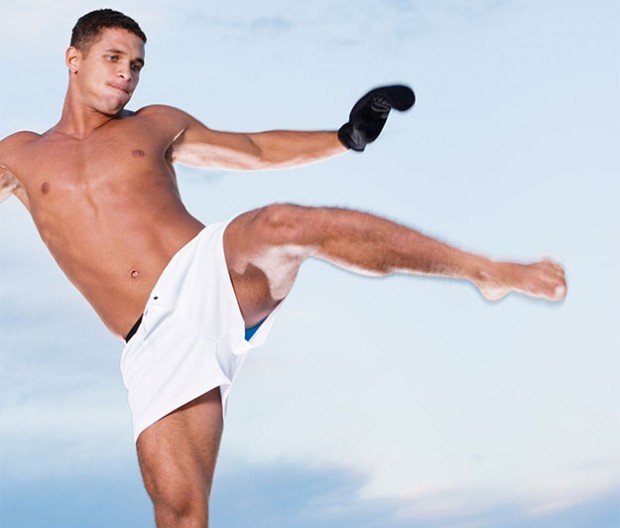 In a press conference this morning, the often outspoken UFC President Dana White scrutinized training techniques that he asserts led to a champ’s career-threatening MCL tear. White charges that American Kickboxing Academy (AKA)— training facility of current UFC Heavy Weight Champion Cain Velasquez—is “still in the stone ages” when it comes to their fight prep regimen.
In a press conference this morning, the often outspoken UFC President Dana White scrutinized training techniques that he asserts led to a champ’s career-threatening MCL tear. White charges that American Kickboxing Academy (AKA)— training facility of current UFC Heavy Weight Champion Cain Velasquez—is “still in the stone ages” when it comes to their fight prep regimen.
Cain Velasquez has a string of injuries that have kept him out of title bouts with eager challengers. He last fought in 2013, when he dethroned former heavy weight champ Junior dos Santos at UFC 166, but has since been sidelined by training-induced shoulder and knee injuries.
White has become so frustrated by injuries sustained in training (and the events that don’t happen because of them) he announced that UFC’s new headquarters in Las Vegas will include a “huge facility for rehab and therapy” that will focus on “educating the fighters on training better.”
It’s important to note that Velasquez, whose professional record is 14 and 1 (his latest win in the form of a championship belt), is obviously doing something right. In fact, AKA is home to number of top MMA contenders. And, while other fighters, trainers, and sideline commentators will surely contest White’s words, he does bring to light the importance of aligning injury prevention and fight preparation.
The details of UFC’s new HQ have yet to be divulged and the initial announcement leaves much to the imagination. But, it will be interesting to see if White’s vision for a bigger, better training compound will reduce injuries and still produce champions. In the meantime, we hope Cain Velasquez recovers well and look forward to seeing him back in action again soon.
If you’d like to include injury prevention in your training program, or need therapy from an injury that’s already happened, we’re here to help. Some of our own patients are making a living in the octagon, so we have an intimate understanding of what kinds of injuries occur and how to help them heal.
Waves of Consequence
Large Australian Swells Testing Competitive Limits

SIx Times World Surfing Champion, Stephanie Gilmore, in a better place. Photo courtesy of Stephanie Gilmore’s Facebook page.
On a recent free surf in Australia, six-time world champ Stephanie Gilmore wiped out with bone-breaking intensity. “I fractured my fibula… I just ejected out of the lip, tried to pin drop feet-first and went straight-legged into the sand,” said Gilmore in an interview during the 2015 Drug Aware Margaret River Pro. It not only kept her from competing in the contest, it also highlights the range of injuries that can be sustained while surfing.
We see a lot of strains, sprains, and tears in our patients at Action Physical Therapy— especially the ones that surf—but fractures are less common. Which is actually a little surprising, considering a cubic meter of water (about the size of your oven) weighs a ton. The eight- to twelve-foot waves breaking at the 2015 Margaret River Pro were unleashing hundreds of tons of water at the competitors riding them. The athleticism and flexibility of even the most prepared, intensely trained surfers are tested when they met the wrong side of those breaking waves. (Ninth best surfer in the world, Jordy Smith, had to pull out of the competition because of injuries sustained to his foot and knee during a between-round surf at spot near Margaret River.)
And, while it may sound more serious, a fracture can be more preferable to something like a ligament tear. A hairline fracture like the one Stephanie Gilmore sustained, often does not require surgery, but will need rest and physical therapy to ensure it heals correctly and completely.
If you’re experiencing pain while surfing, or any other activity for that matter, it could be an undiagnosed, yet easily treatable issue. We encourage you to talk to your doctor, or call us for a consult. We can create a specialized PT program for surfing injuries, and the many other conditions that go with living an active life.
We wish Stephanie Gilmore the best in her recovery, and look forward to watching her rip in the upcoming Oi Rio Women’s Pro in Brazil. And congrats to John John Florence on his runner up win at the Margie’s Men’s Pro! He walked away with second place, but he’s a first-rate competitor and ambassador for Hawaii. #GoJohnJohnGo!
Running Shoe Myths
Gimmicks aside, we can help our patients run faster and prevent injury, there’s just not a magical cure-all shoe to help do it. We would recommend plyometrics drills like box jumps, and spending more time in the weight room to become a stronger and more injury-free runner.
Myth #1: Running Shoes Prevent Injury
Myth #2: You Need to Shop for Your Foot Type
Myth #3: Energy Return Makes You Faster
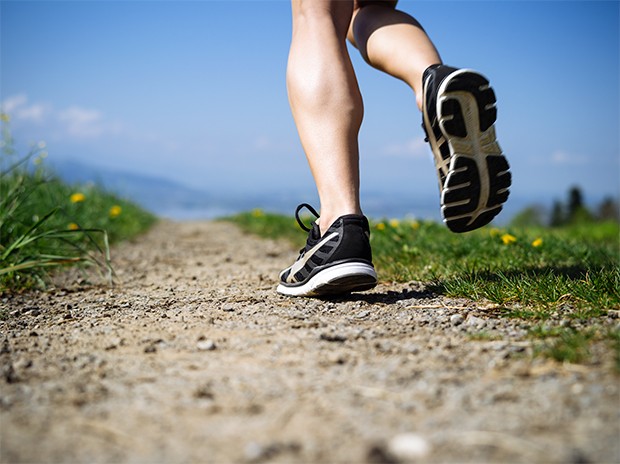
Myth #1: Running Shoes Prevent Injury
Never has any research been able to indicate that a shoe can prevent injury. Shoe companies will throw their tech jargon at you about their shoes “aiding this” or “preventing that.” Sorry, simply not true.
Myth #2: You Need to Shop for Your Foot Type
You have been marketed at to believe overpronators need motion control, people with high arches need more cushion, and neutral runners should be in a more neutral shoe. Again, just marketing from people selling you their shoes. Actually the whole arch support idea has been disproven.
Myth #3: Energy Return Makes You Faster
I think the original article has it stated best, “No shoe, unless it has an engine in it, will ever return energy to the runner.” No material in this world at this time returns any energy back to your stride.
Read more at: http://www.medbridgeeducation.com/h/clinical-pearl-jay-dicharry-top-3-myths-in-running-shoes-fb
Stay Healthy by Playing Less? Dr. Andrews thinks so. You should listen.
Dr. James Andrews is the undisputed rock star of orthopedic surgeons. His personal statistics regarding number of surgeries are mind-numbing. The list of who’s who in professional and collegiate sports he has repaired is unparalleled. The contracts his patients have signed post surgery exceeds a billion dollars. To put it succinctly, Dr. Andrews is the authority on sport injuries. Now he wants you to stop playing sports so much. Read on.
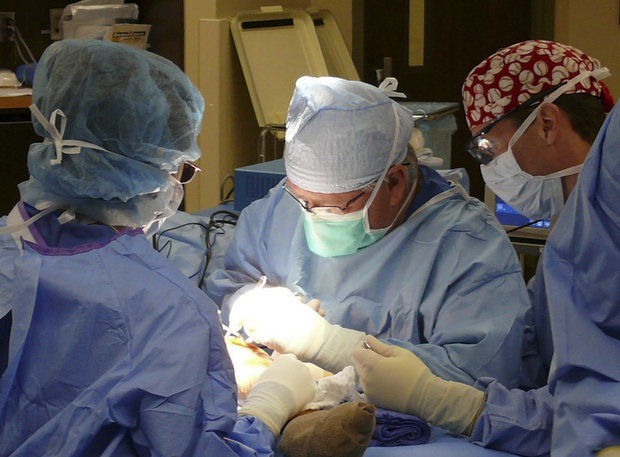
The crux of Dr. Andrews new book, Any Given Monday: Sports Injuries and How to Prevent Them, for Athletes, Parents and Coaches — Based on My Life in Sports Medicine, and personal goal is to stop treating child athletes like they are adults. “I hate to see the kids that we used to not see get hurt. … Now they’re coming in with adult, mature-type sports injuries. It’s a real mess. Maybe this book will help make a dent,” states Dr. Andrews.
His advice is simple. First, kids need a rest between seasons. He advises against specialization where a child plays a sport year round exposing them to more traumatic and repetitive injuries. And second, a child shouldn’t be worked out as if they are a adult. Training for children should be geared towards the child’s age.
For more in depth information on Dr. Andrews and sports medicine click here:
Or watch the video here:
Scapulothoraticic Bursitis, or as most people call it, “My shoulder hurts.”
The shoulder is a complicated and often over-used joint prone to various pain-causing issues. Between swelling of the bursa, bony abnormalities and insufficient musculature, the shoulder can become a painful and noisy joint. Sound familiar? The first step to healing and returning to pain-free movement is see your P.T.
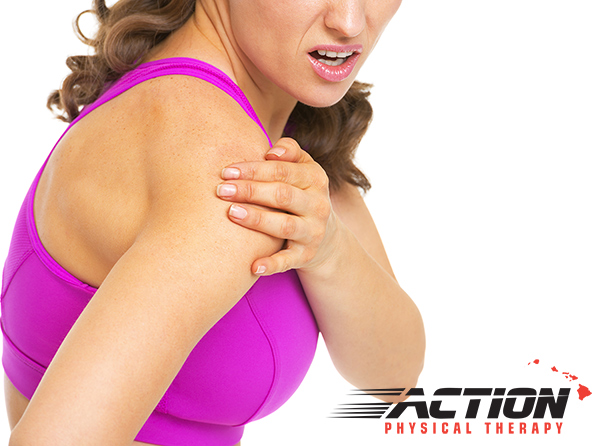
Motion in the shoulder depends on adequate coordination of the concave scapula on the convex thoracic wall by the periscapular musculature. Incongruence, which has several possible causes, such as bony abnormalities, insufficient muscular control and the thickening and scarring of connective tissue may result in a painful grating sound or sensation produced by friction between bone and cartilage during movement.
If you are interested in learning more read here or contact Action PT today.
Arthritis is a ‘Significant’ Factor in Falling Injuries
Adults with arthritis are injured in falls at a rate 2.5 times higher than for those without the disease, according to a new report from the US Centers for Disease Control and Prevention (CDC).
The findings, published in the CDC’s May 2 Morbidity and Mortality Weekly Report, showed that in almost all cases, rates of falls and falls injuries were “significantly higher” among adults 45 years and older with arthritis than those without.
To read more about this topic, please click this link.
How Women Can Strengthen Their Hips to Prevent Injury.
It is one of the most overlooked muscles, but it is an important one. Mark Verstegen, president and founder of Core Performance, shares some basic exercises that will activate the hip muscles and help improve your external and internal hip rotation movement.
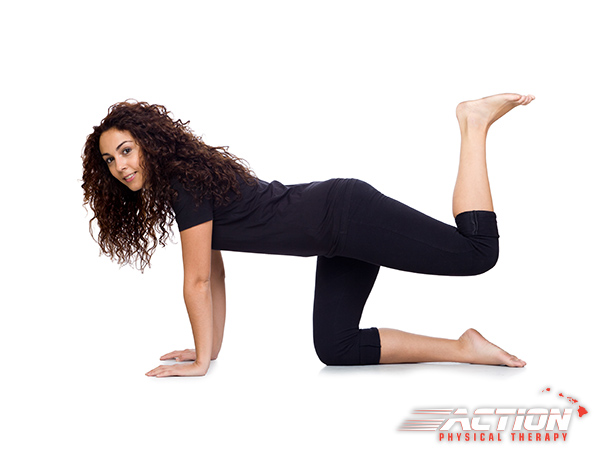
The next time you workout, add a couple of these exercises to your routine. Not only will will help you prevent hip pain, back pain, knee pain or injuries, but will help you look great.
1. Quadruped Hip Abduction
2. Single-Leg Glute Bridge
3. External Hip Raise
4. Lateral Band Walk
5. Rotational Medicine Ball Throw
Overtraining can kill you part 2
How are you adapting to the physical stresses you’re putting on your body? Here’s part 2 on breakingmuscle.com
Part 2 of 2 ( Here’s part 1 in case you missed it.)
 Today we talk about stage three – the stage that can literally kill you and can take years to recover from. Consider this a cautionary tale.
Today we talk about stage three – the stage that can literally kill you and can take years to recover from. Consider this a cautionary tale.
http://breakingmuscle.com/training/overtraining-can-kill-you-3-stages-overtraining-part-2
Overtraining? Too much exercise?
Are you doing too much. Getting enough recovery time. Is your exercise program destroying you? Check out the article on breakingmuscle.com.
Part 1 of 2
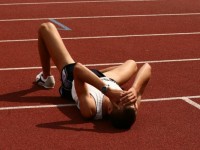 If you’ve been around the fitness scene for any length of time you’ll have heard it whispered about like Beetlejuice with people seemingly afraid to say it out loud for fear of invoking its wrath. The workouts done by this group wouldn’t hurt an average sized cat. Then there’s the other side of the coin. The no pain, no gain crew who don’t believe you can ever overtrain and who boast about causing rhabdomyolysis in their clients. Like with most things there’s truth to both sides and the smart approach is straight down the middle. Read more:
If you’ve been around the fitness scene for any length of time you’ll have heard it whispered about like Beetlejuice with people seemingly afraid to say it out loud for fear of invoking its wrath. The workouts done by this group wouldn’t hurt an average sized cat. Then there’s the other side of the coin. The no pain, no gain crew who don’t believe you can ever overtrain and who boast about causing rhabdomyolysis in their clients. Like with most things there’s truth to both sides and the smart approach is straight down the middle. Read more:
http://breakingmuscle.com/training/overtraining-can-kill-you-3-stages-overtraining-part-1
How to Reduce Back Pain From Cycling | Play Better | Core Daily | Core Performance
 How to Reduce Back Pain From Cycling
How to Reduce Back Pain From Cycling
via How to Reduce Back Pain From Cycling | Play Better | Core Daily | Core Performance.



